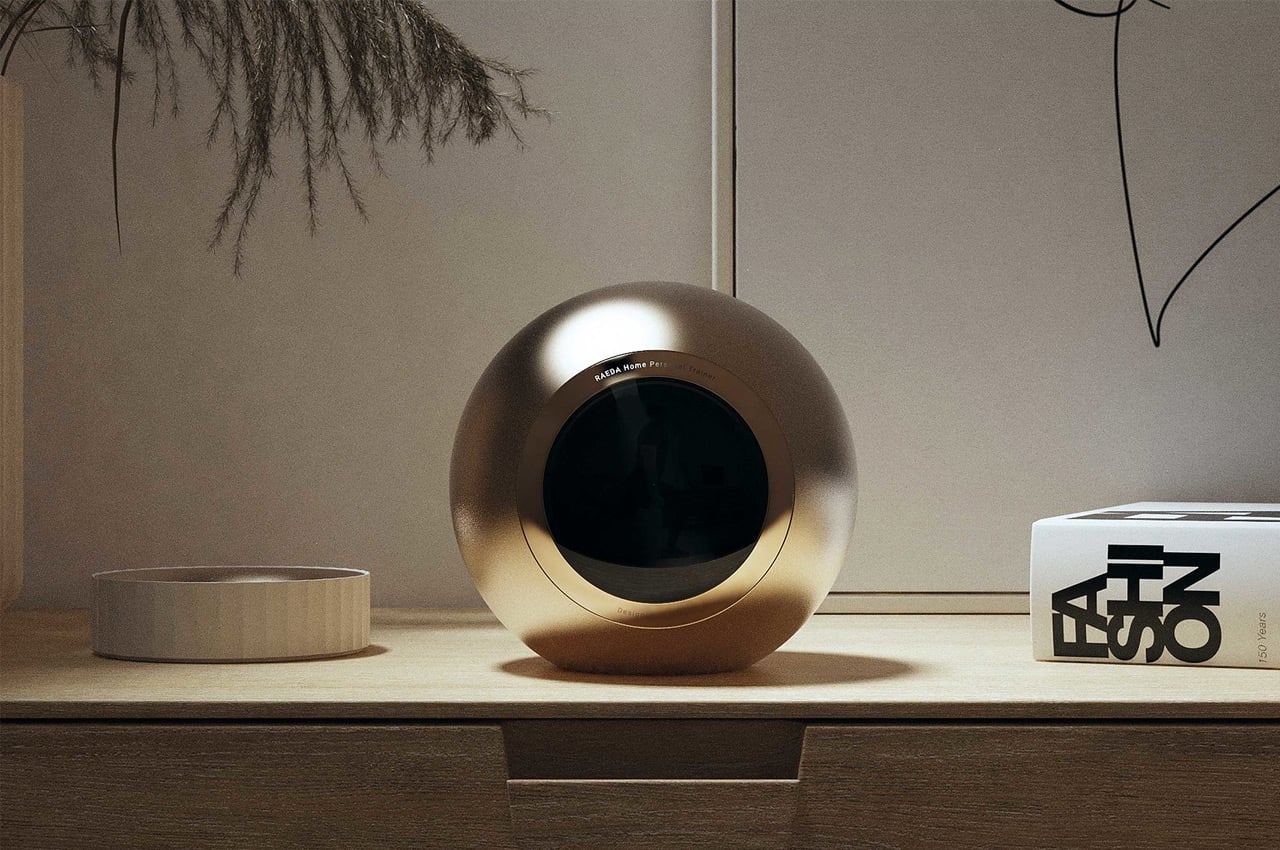
One good thing that the ongoing pandemic has done for the human race is, it has made us more concerned about our health and lifestyle. No wonder then, a large population is exploring some form of home exercising to keep fit. Gyms have moved to homes and people rely on online trainers and their live sessions for at-home fitness regimes.
RAEDA here presents a new approach in this form of at-home fitness experience with real-time feedback. It aims to support individuals through the regime, providing instructions about correct technique and form, crucial to every athlete. The orb-like RAEDA is designed to mimic the idea of a personal trainer at the fraction of the cost. Frankly, it’s not for everyone to afford a physical trainer in the gym, these guys/gals are super expensive to afford. The next best alternative then are the peers, but if you’re shy, asking for the correct form and techniques from others just goes out of the question. This is a perfect platform for something like the RAEDA to walk into our lives.
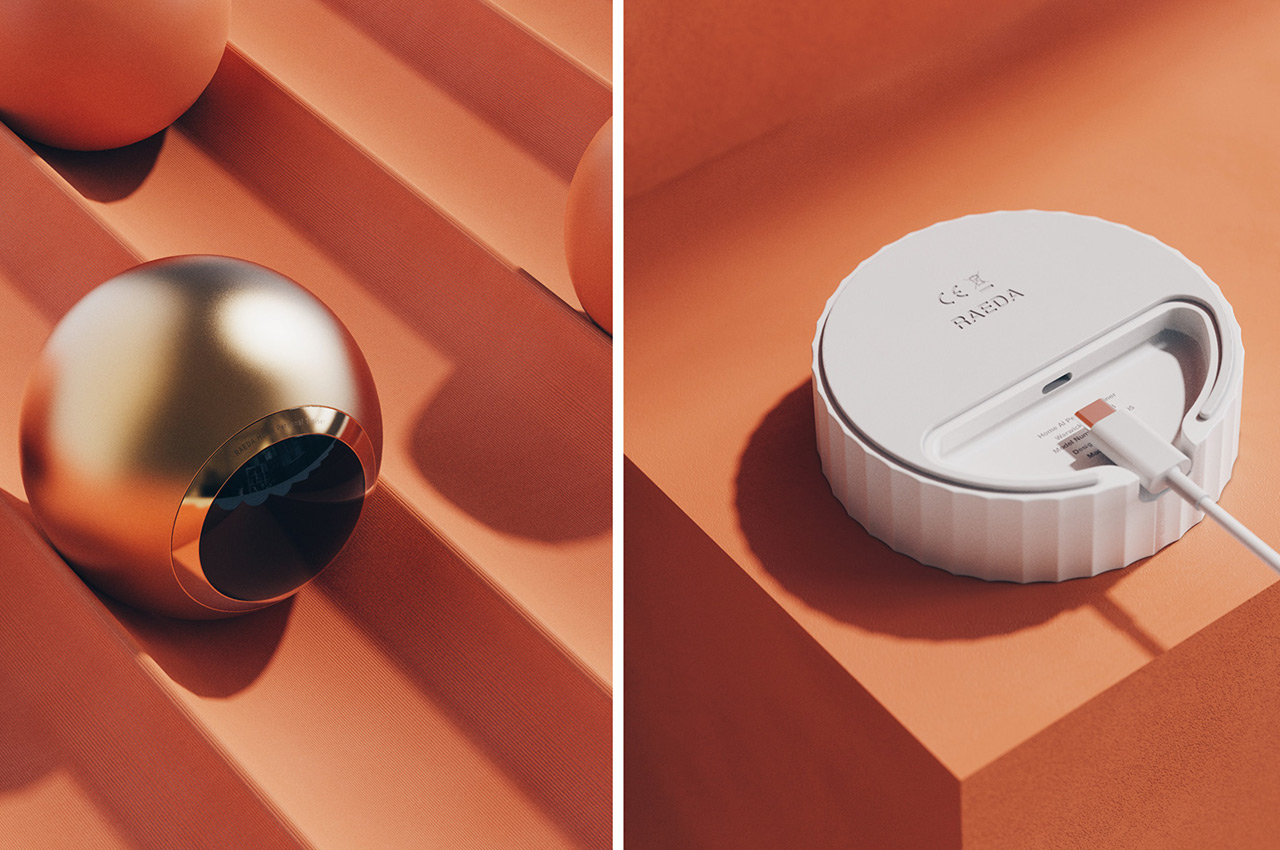
This equipment, inspired by the weights and other gym gear, comes paired to a base that has a concave design in between resembling the imprint left on the ground when a heavy object is dropped on it. This symbolic appeal gives RAEDA a weighted feel to it. The artificial intelligence (AI) enabled RAEDA, as a personal trainer, leads an individual through correct posture, technique and form, which are a must for strength training. This experience of a personal trainer guiding you remotely at the comfort of your home will help reduce injuries and allow people to workout more confidently and at their convenience (instead of the time slot of the physical trainer in the gym).
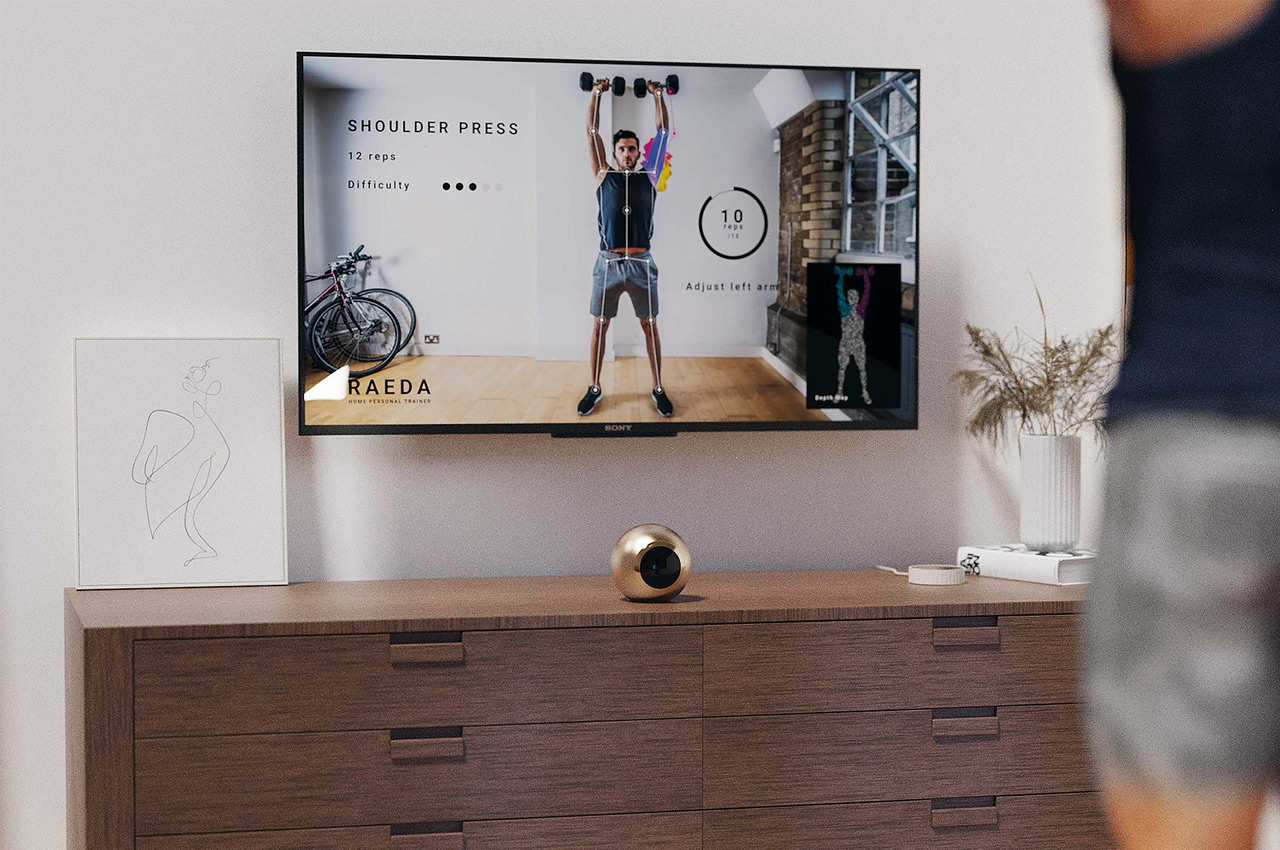
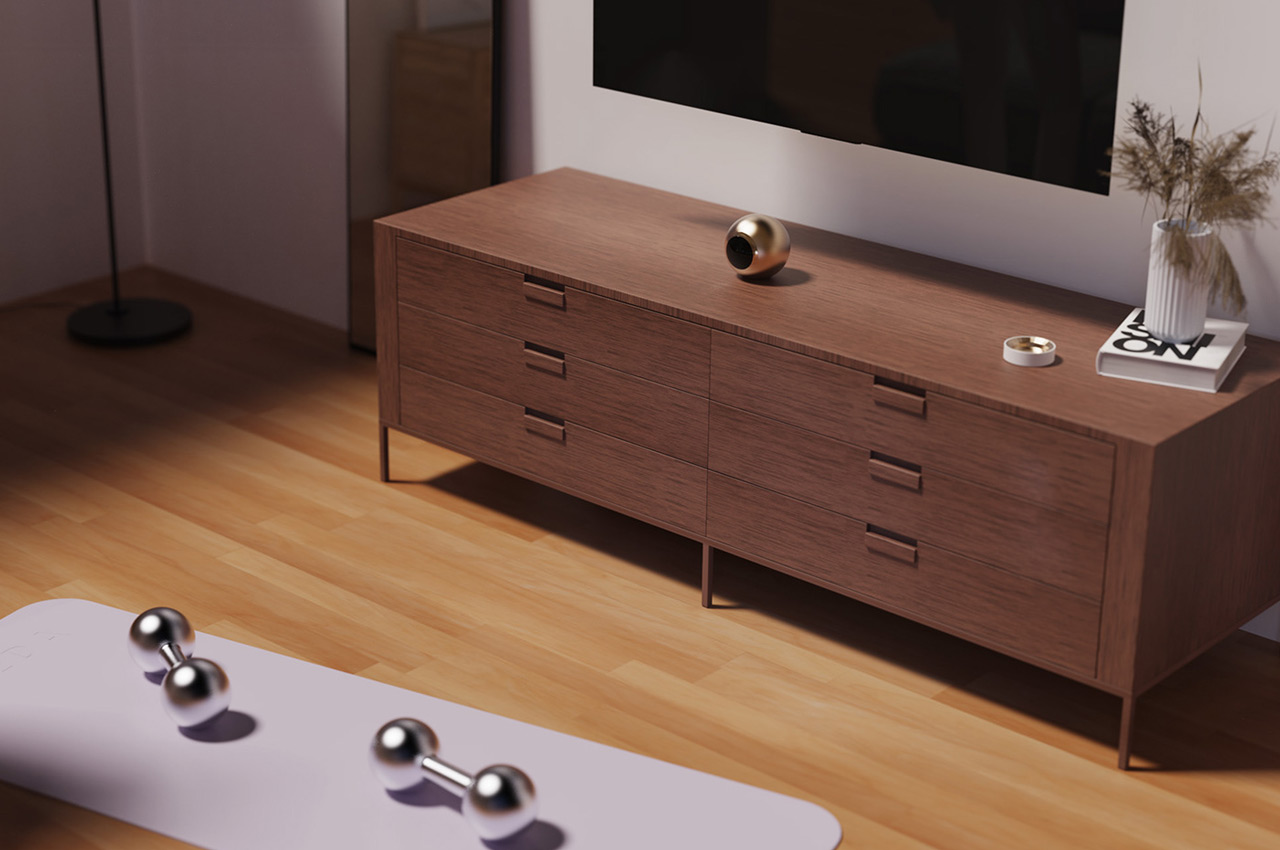
RAEDA basically uses 3D depth mapping tech to provide real-time coaching. The live remote learning/teaching allows people to workout better, while the AI sensors onboard allow the device to track the body for real-time feedback of posture and correct technique to use, so fatigue and injuries can be minimized. This is also the biggest advantage of RAEDA, which separates it from other liver trainers coaching remotely. They may show you the postures and techniques, but cannot guide in real-time if you’re doing something incorrectly that may lead to injury or fatigue.
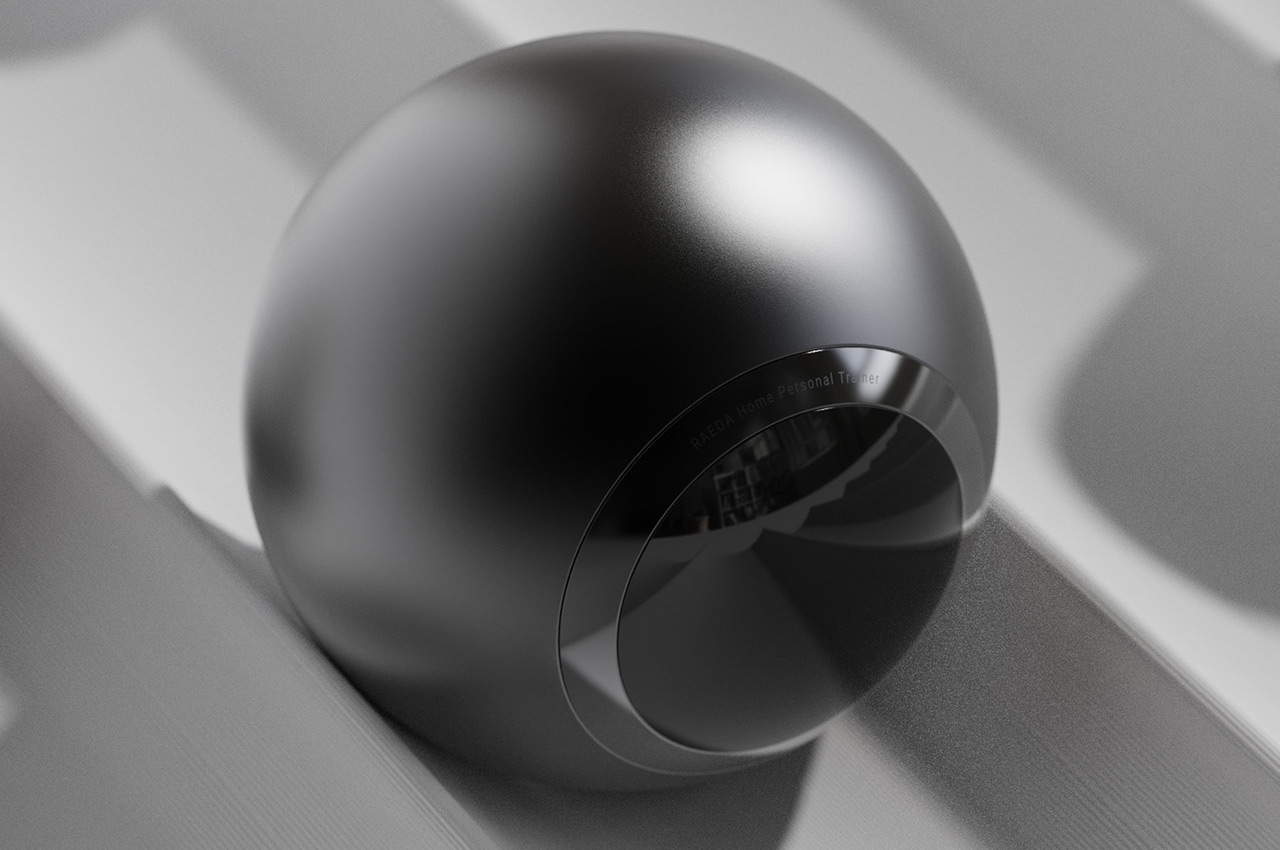
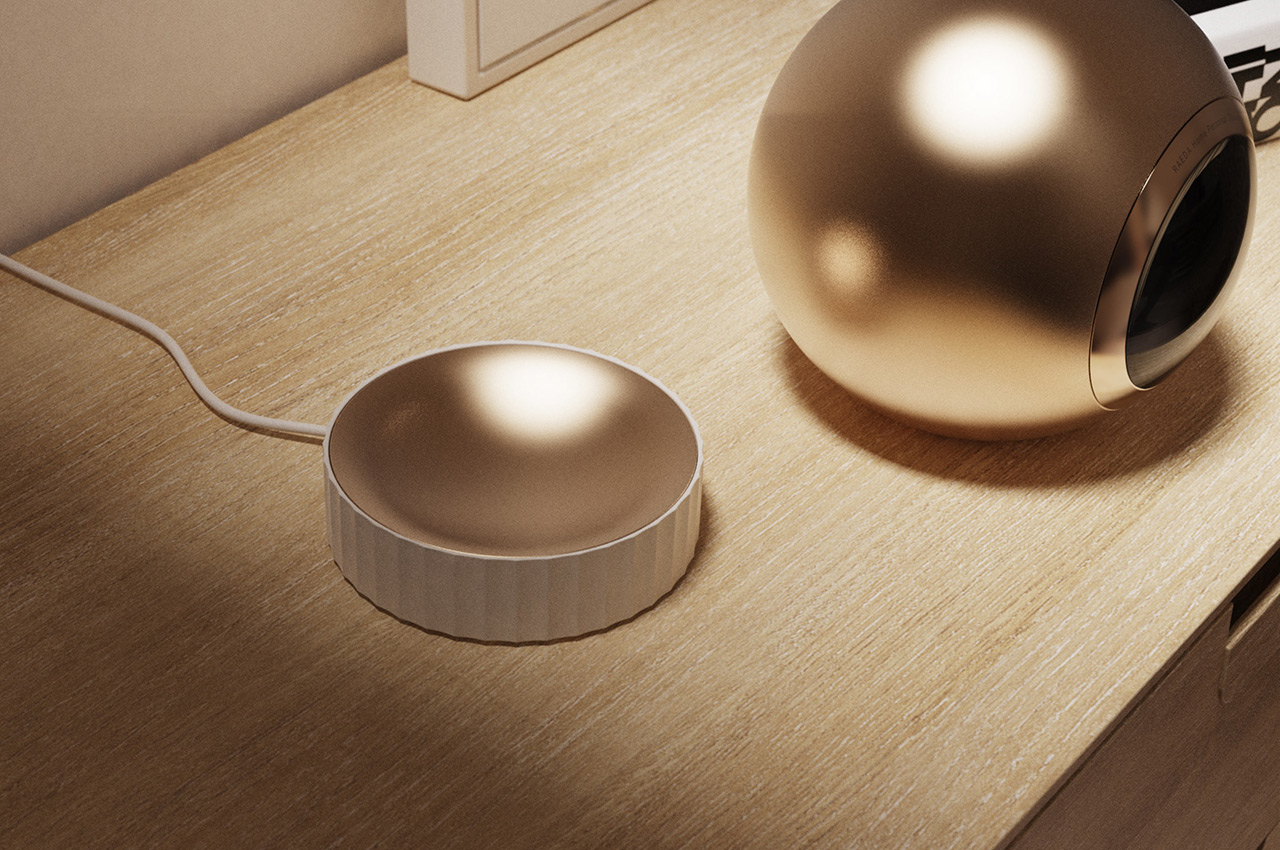
This AI home personal trainer with its 12MP main camera and one-megapixel depth sensor captures the person’s movement in 3D during workout at home. The device connects with your smart TV providing real-time visual straight from RAEDA’s camera on it. The screen then functions as a mirror in a gym, but showing correct form and technique for the given exercise so you can adjust and avoid incorrect posture. When technology makes life easier at the convenience of our homes, we are concerned about our privacy. RAEDA addresses the concern with a physical turn-off function. Just hide the camera lens of the device in its base and your privacy is intact. To use, roll the ball-like camera over to rest on its flat back and you’re good to exercise appropriately.
Designer: Blake Parkinson and DCA
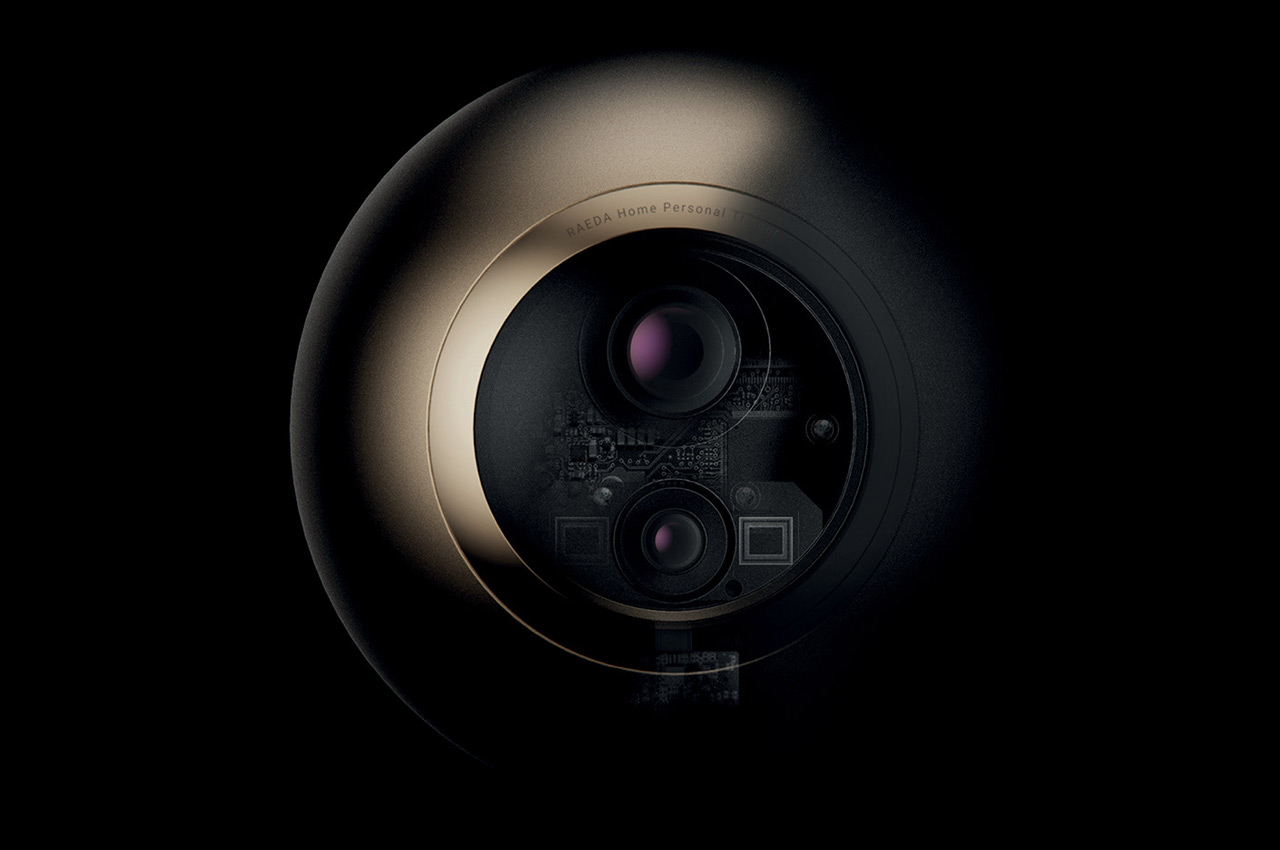
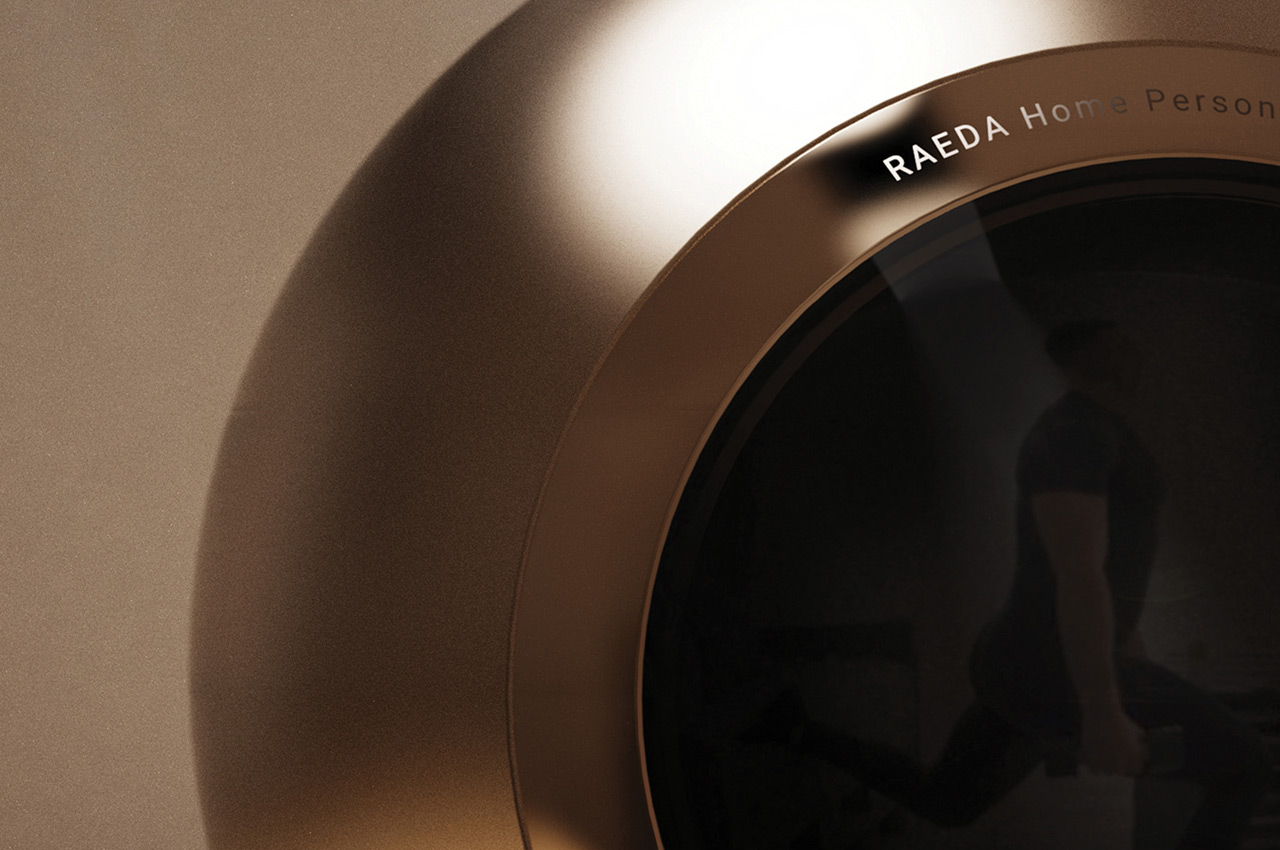
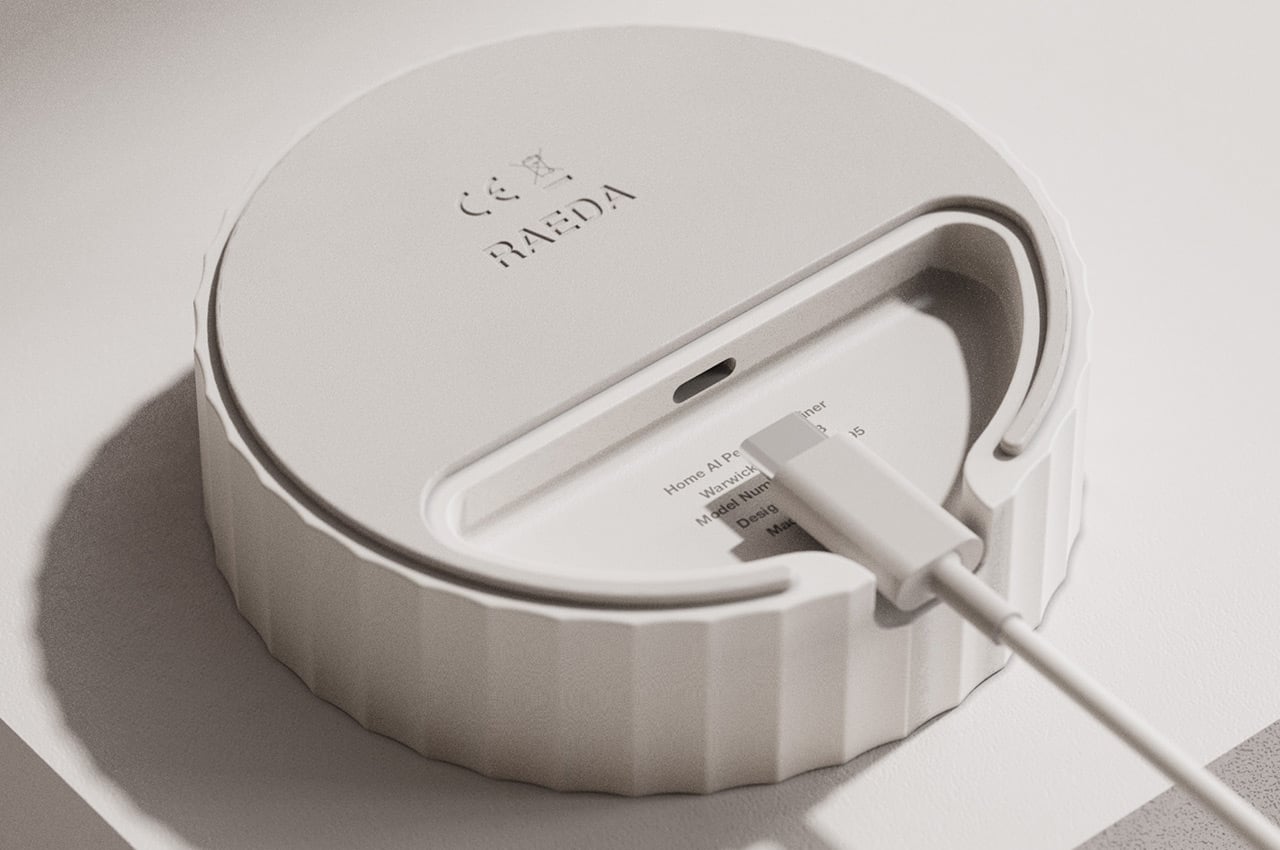
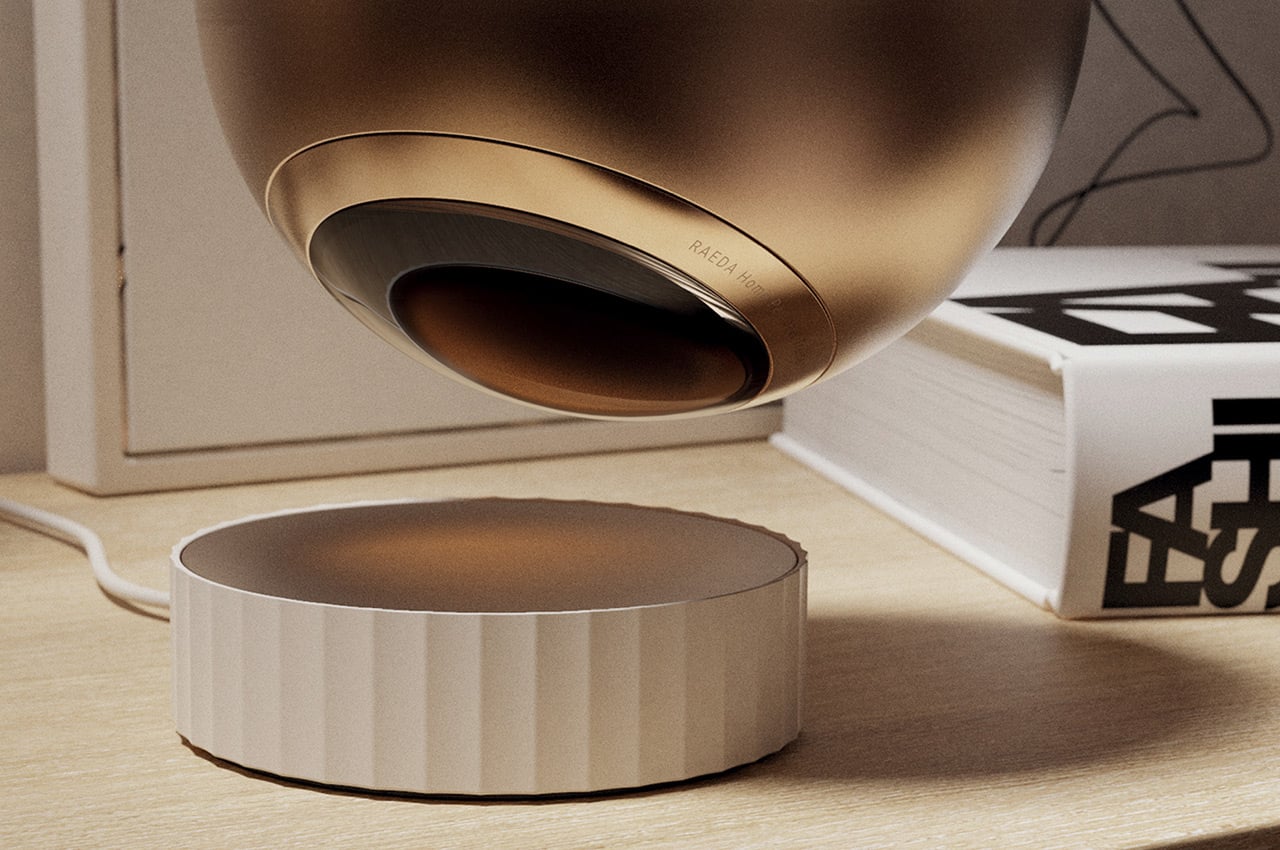
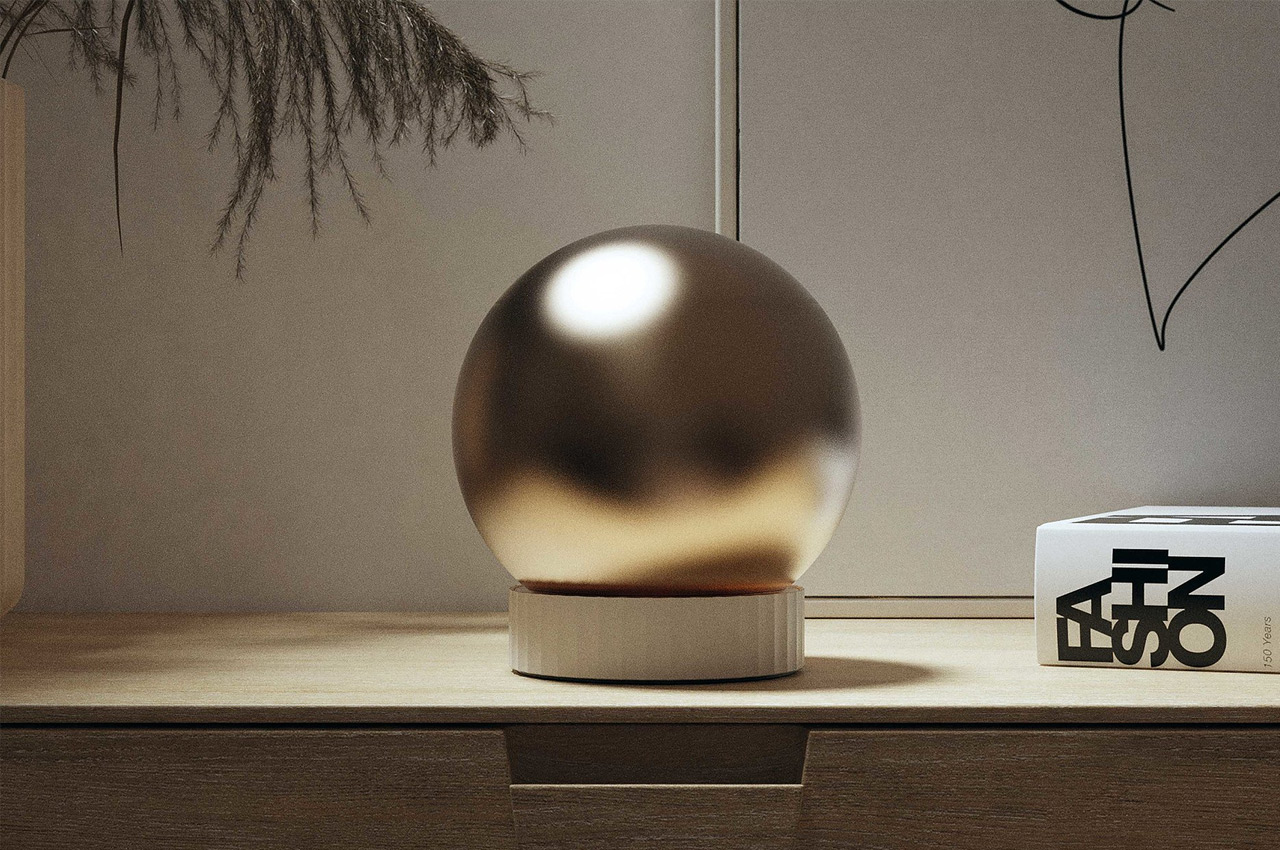
The post With this AI-enabled personal trainer, you can redefine your approach to working out at home in complete ‘privacy’ first appeared on Yanko Design.
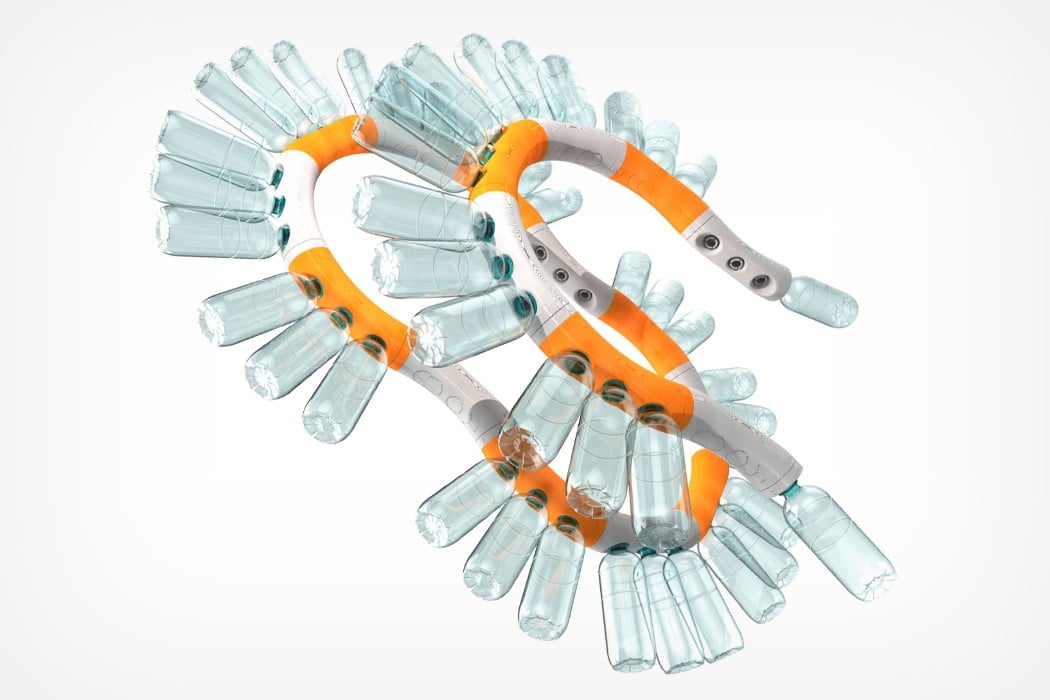
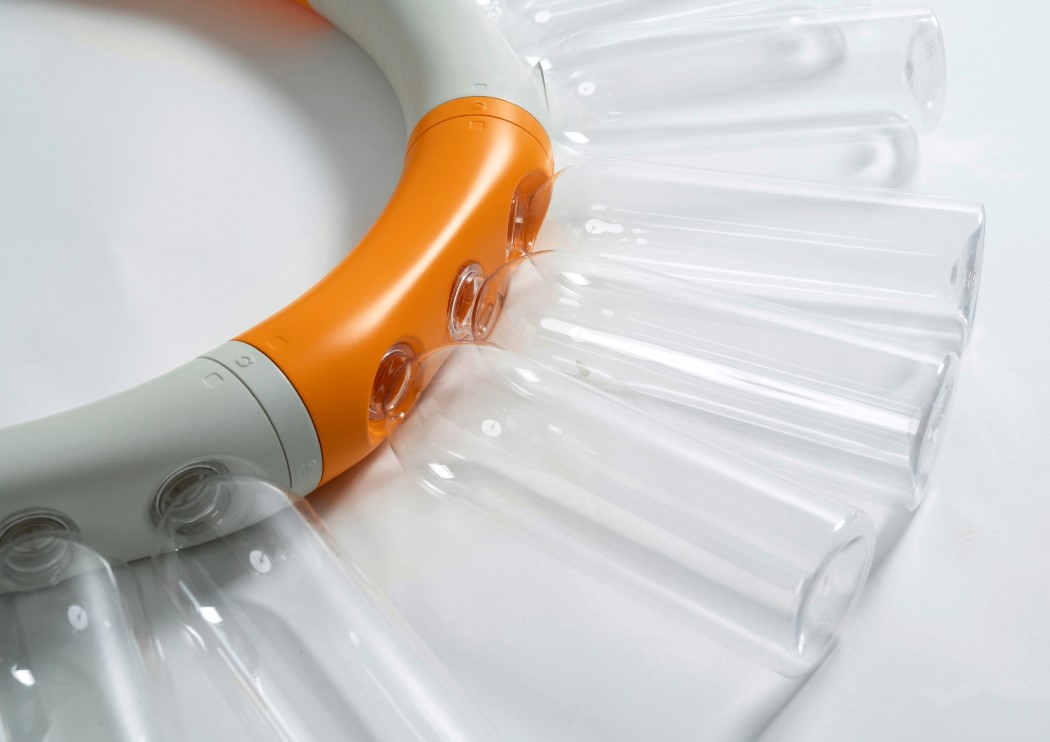
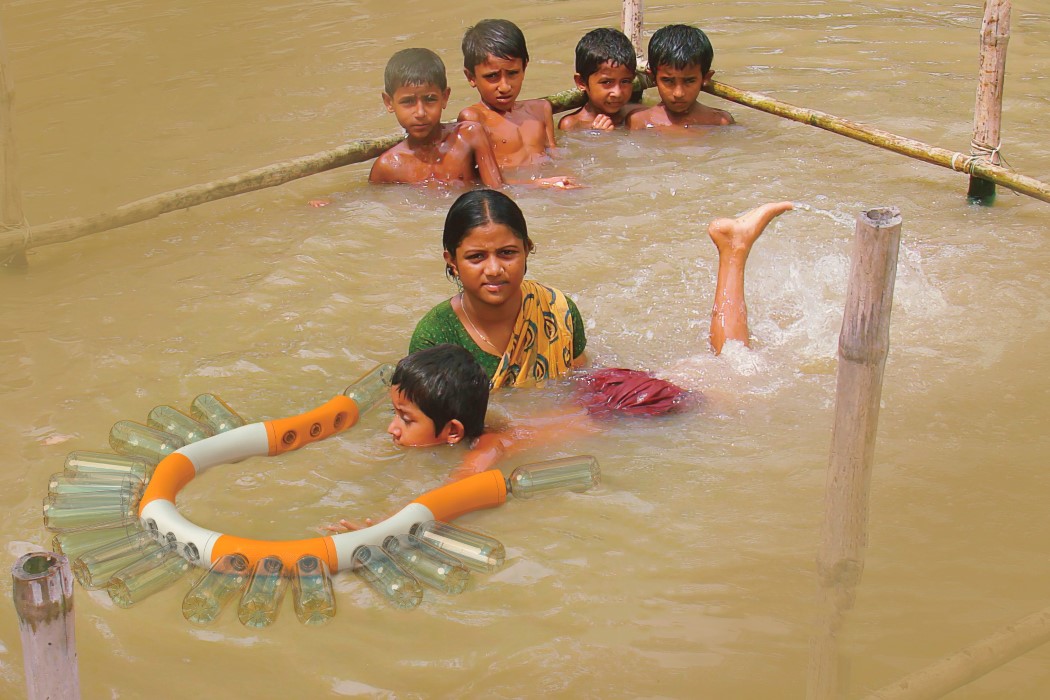

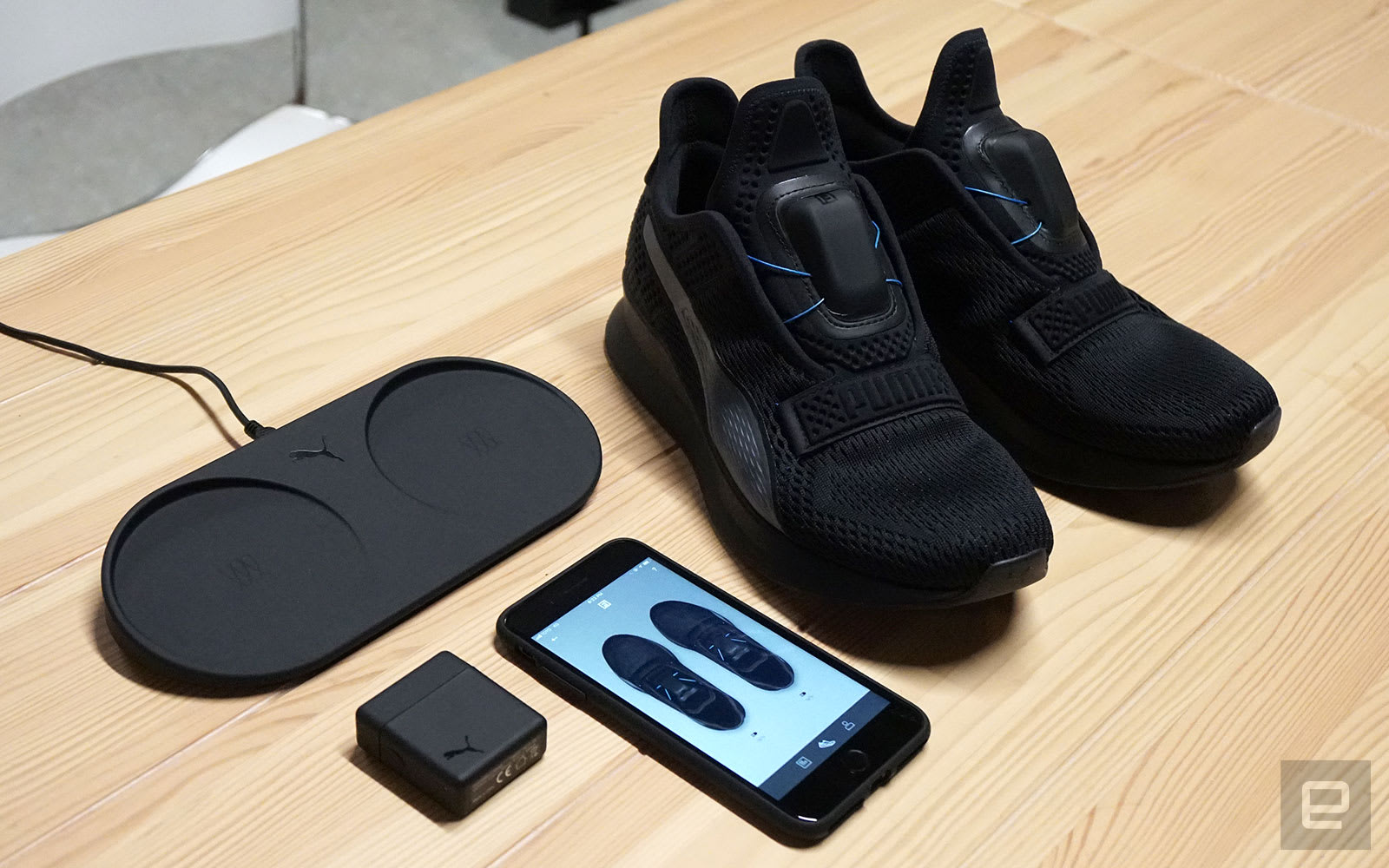 When Engadget took an exclusive look at the Puma Fi self-lacing shoes earlier this year, the company teased an upcoming beta program for those who want to try their luck. Well, the time has come. Between now and April 28th, you can apply for the Puma...
When Engadget took an exclusive look at the Puma Fi self-lacing shoes earlier this year, the company teased an upcoming beta program for those who want to try their luck. Well, the time has come. Between now and April 28th, you can apply for the Puma...



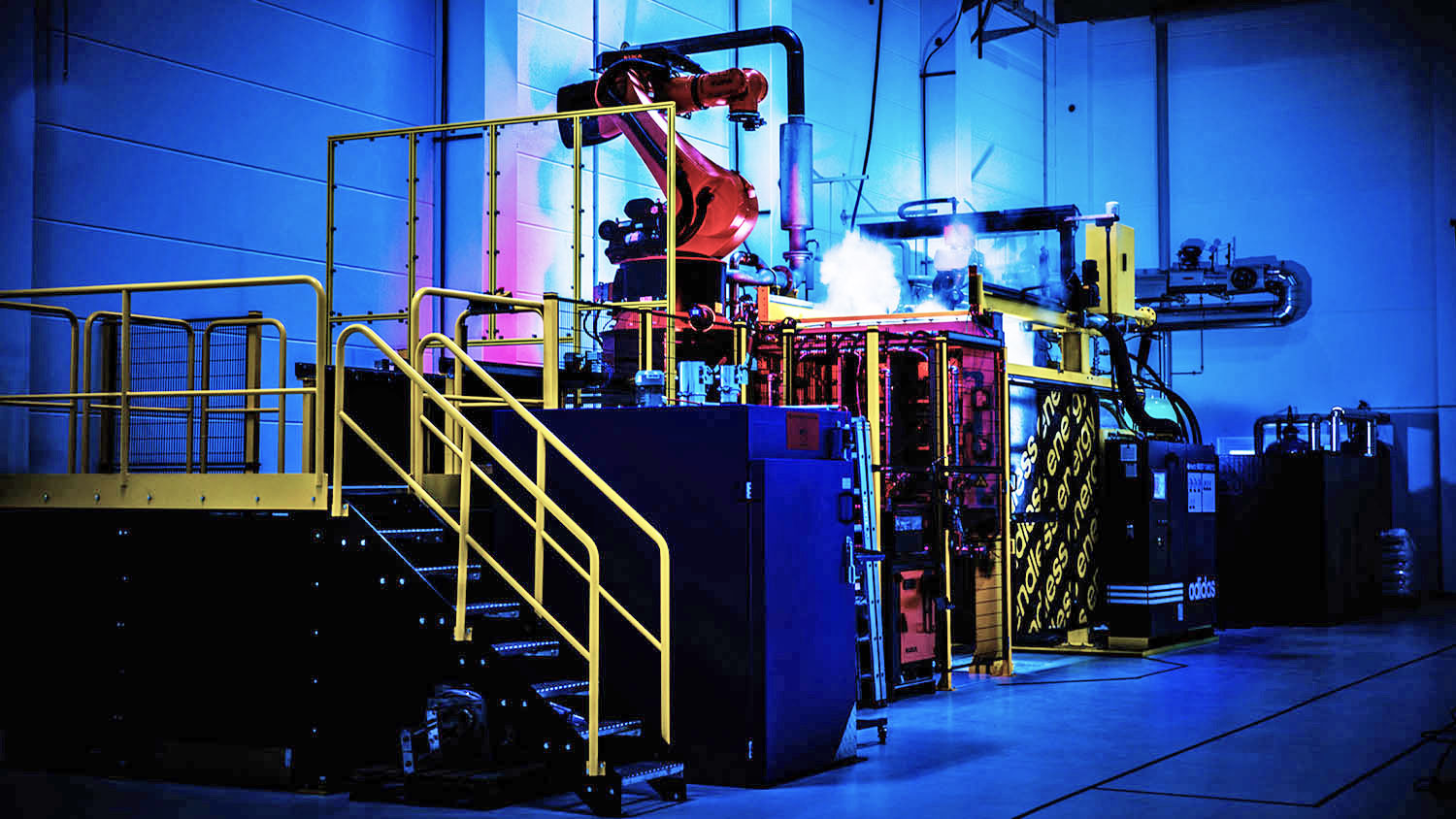 Years ago, clothing manufacturers started moving production to developing nations where the labor costs were cheap and employees were plentiful. Proponents of globalization said that jobs going to poorer regions was a great thing, but sportswear firm...
Years ago, clothing manufacturers started moving production to developing nations where the labor costs were cheap and employees were plentiful. Proponents of globalization said that jobs going to poorer regions was a great thing, but sportswear firm...